Pictures From an East Asia Cruise

On This Page

With more cruise ships plying the region, Asia is hot right now. As a result, cruise passengers have more options when it comes to deciding where in Asia to cruise, on what type of ship (ocean vs. river) and how long to cruise.
It used to be that Asian ports were primarily offered on long, exotic sailings. But with ships permanently homeported in Australasia, it is easier for cruise lines to offer short sailings in the region. On our nine-day East Asia sailing onboard Princess Cruises' Diamond Princess -- a ship that has specifically been refurbished to appeal to Japanese cruisers -- we visited ports in South Korea and Taiwan. Based out of Japan, the sailing also gave us the opportunity to see Tokyo.
Read on to discover more about what a cruise within East Asia is like.
Diamond Princess

For much of the year, Diamond Princess sails a variety of Asian itineraries out of Japanese homeports. On this sailing, the ship stopped at the South Korean island of Jeju and three Taiwanese cities. Other ports you might find on an East Asia itinerary are Nagasaki, Kanazawa and Kobe in Japan and Seoul and Busan in South Korea.
Tip: Keep cash (dollars or pounds) on hand as your chances of finding an ATM in these smaller cities (except Keelung/Taipei) are slim. You will find currency exchange desks at the ports, though. In some of the bigger souvenir shops you'll be able to use dollars but not with street vendors or at restaurants.
Yokohama, Japan
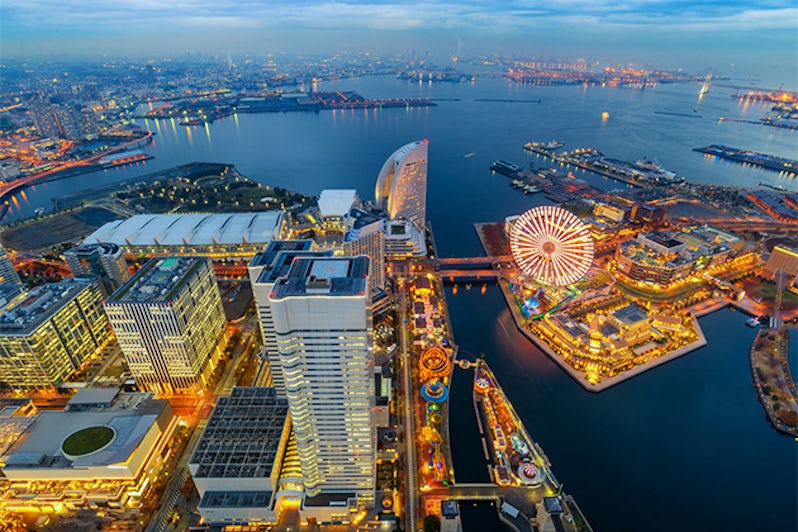
Cruises that sail from Tokyo usually depart from nearby Yokohama, about a 45-minute bus ride away. Many passengers choose to spend the night before in a Yokohama hotel exploring nearby attractions like the Silk Museum and Yamashita Park.
Tip: Only plan on taking the train from Tokyo to the Yokohama port if you're healthy enough to walk 15 to 20 minutes and push (or carry) your own luggage over cobblestone streets. You can grab a taxi at the train station in Yokohama, but they're not always readily available. Arrange with your cruise line for a bus transfer as taxis will end up costing you more.
Jeju, South Korea
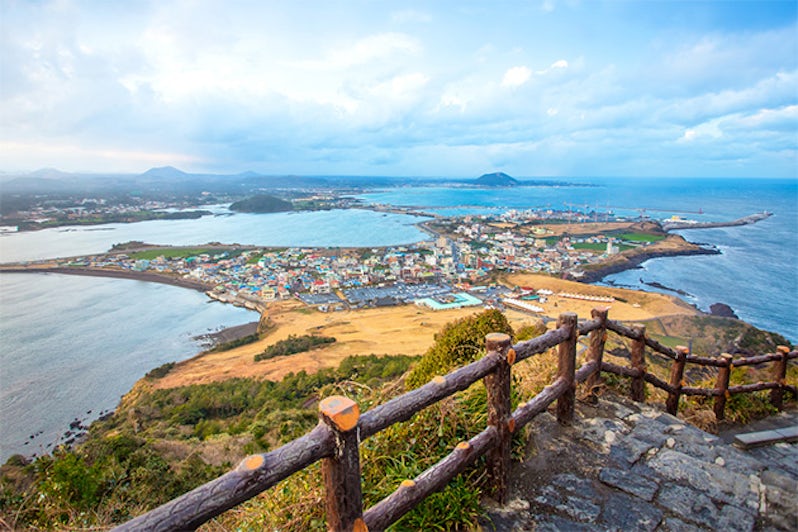
Diamond Princess passengers watch from their balconies as the ship pulls into port on the island of Jeju, South Korea. One of Asia's most popular honeymoon destinations, Jeju is said to have "Three Abundances": wind, rocks and women, and is famous for its deep-sea diving women -- the youngest of whom is in her 50s.
Highlight: Formed by a volcanic eruption 5,000 years ago, Sunrise Peak is a UNESCO World Heritage Site and the island's most awe-inspiring natural attraction, but it requires an hour-long drive to get there. Closer to port is the Folklore and Natural History Museum where you can learn more about the island's unique culture.
Jeju Markets
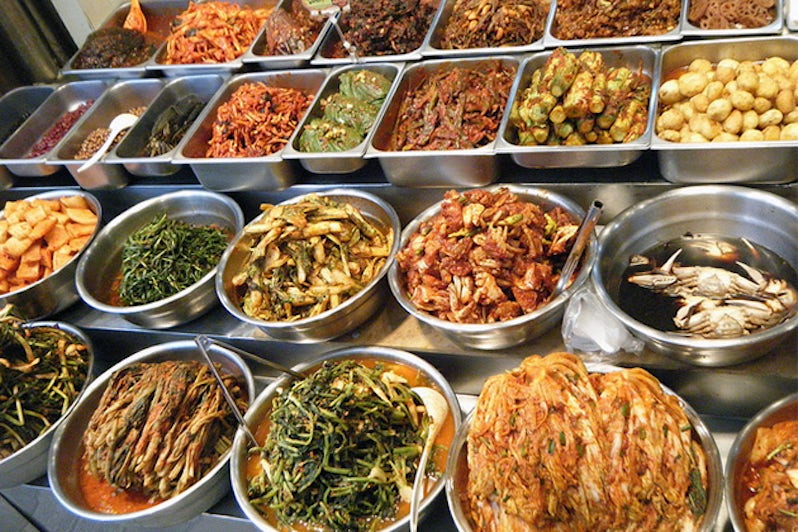
Seafood is the main food staple in many Asian countries, and Jeju is no exception. You'll see squid drying everywhere. It can be eaten raw, but is also served barbecue-style at tourist locations. Jeju is also famous for its Mandarin oranges and you'll see lots of the juicy fruit at local markets; many souvenir sweets are orange flavored.
Tip: Have a little bit of South Korean currency (Won) on hand if you want to sample local food. Vendors do not take foreign currencies.
Hualien, Taiwan
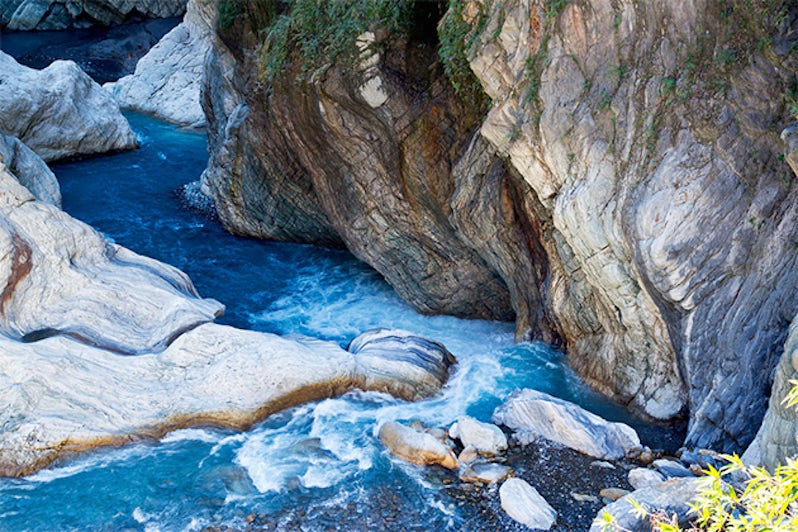
Passengers are greeted by a native Taiwanese dancer upon arrival in Hualien, located along Taiwan's eastern coast. By genetics, native Taiwanese people are more closely related to people from the Philippines than from China.
Highlight: The Taroko Gorge is a stunning 12-mile-long gorge featuring canyon walls of white marble. To visit, you can either take one of the ship's bus excursions or hire a taxi to drive through part of the gorge on the main road. Both options will give you some time to walk along the shoulder and explore some of the roadside pagodas.
Eternal Spring Shrine

The Eternal Spring Shrine was built to remember the 212 workers who died building the Central Cross-Island Highway, which passes the Taroko Gorge and connects the eastern and western Taiwan coasts. On half-day tours you'll only get a photo stop here; longer tours include time to go inside (as do taxi tours).
Tip: It can get very hot and muggy in Taiwan. Always carry extra water and something to protect your head.
Lotus Pond
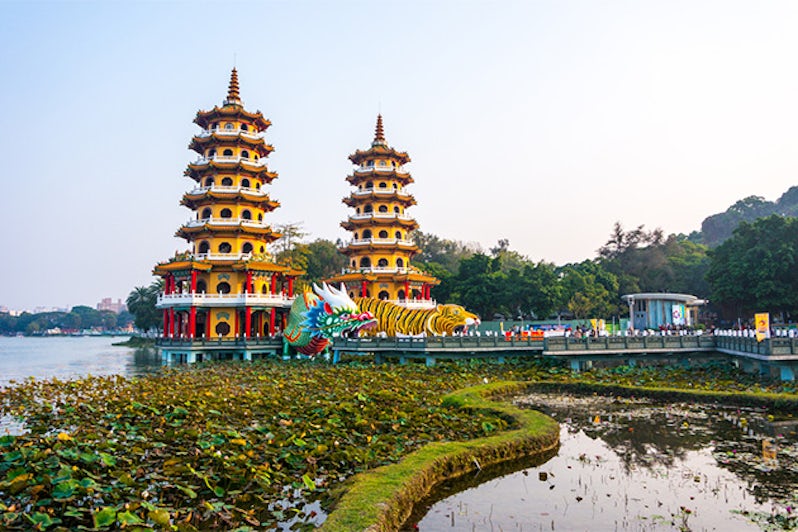
Kaohsiung is Taiwan's second-largest city, but home to its largest port. The 185-acre Lotus Pond park boasts a number of pagodas, pavilions, temples and shrines. Other sites of interest in or near Kaohsiung are Taiwan's oldest Confucius Temple and Fokuangshan Monastery, a picturesque mountaintop Buddhist complex.
Highlight: The colorful Dragon and Tiger Pagoda can be found at Lotus Pond. It's said you'll have good luck if you enter through the dragon's mouth and exit through the tiger.
Taiwan Tour Guides
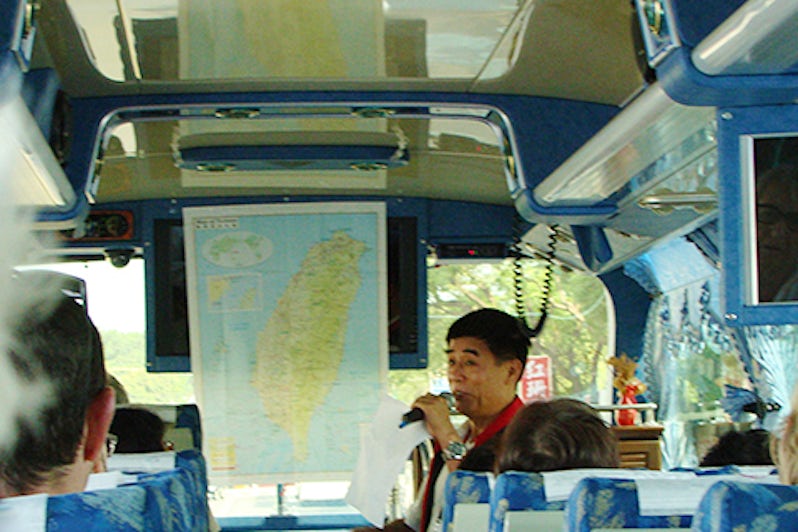
A tour guide shows cruise passengers in Hualien where on the map they are in relation to Taiwan's other major cities. Hualien is on the east coast, Kaohsiung the west, and Taipei on the island's far north.
Tip: Guides in Taiwan do not expect to be tipped, though they do appreciate it when you do.
Keelung and Taipei
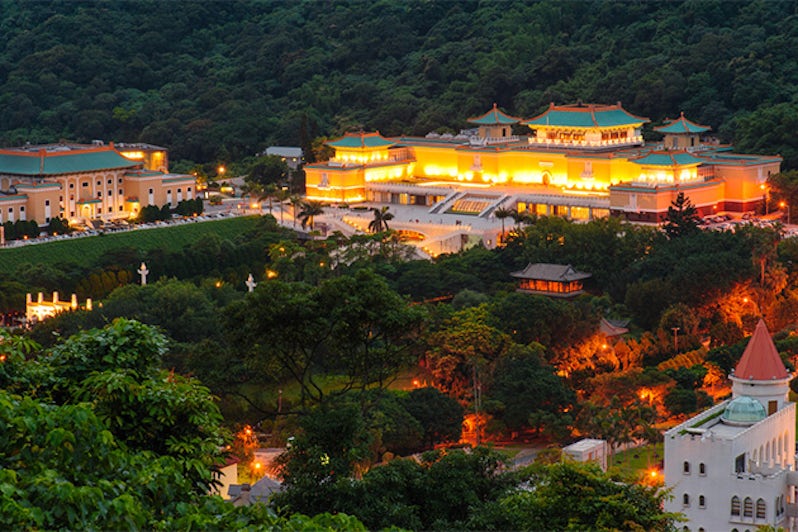
A lion dancer greets passengers and performs at Keelung port. Taipei is a one-hour bus ride away and while there are a handful of attractions to visit in Keelung, Taipei offers a lot more to see and do as Taiwan's capital city.
Highlight: National Palace Museum in Taipei holds the world's largest collection of Chinese art and artifacts spanning some 8,000 years. Be prepared for massive crowds and long waits.
The Martyr's Shrine Soldiers
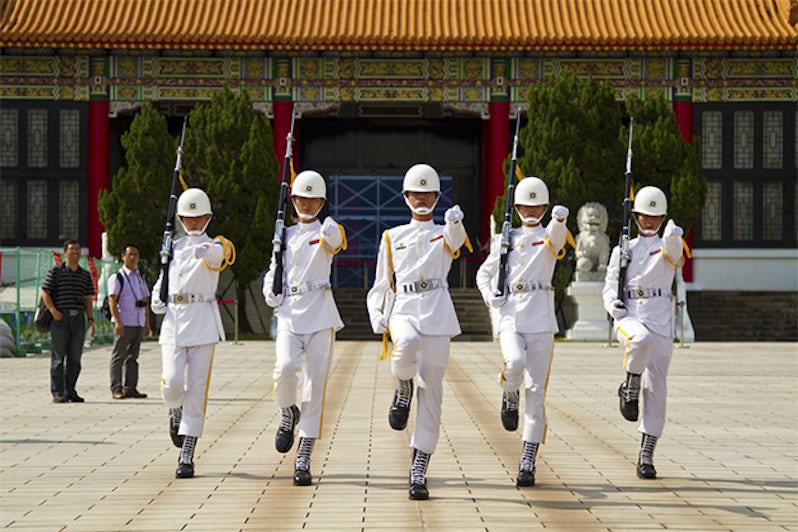
Soldiers at the Martyr's Shrine perform an elaborate changing of the guard every hour. The men and women memorialized here -- mostly Chinese -- died defending China during the war against Japan and the civil war between the Republic of China (present-day Taiwan) and communist forces.
Tip: If you miss the changing of the guard at Martyr's Shrine, you can also catch a similar -- and even more elaborate -- one at Chiang Kai-Shek Memorial Hall.
Tokyo, Japan

Most of Diamond Princess' East Asia sailings begin and end in Yokohama, but Tokyo excursions are only offered on the last day as part of an airport transfer/excursion combo. Many cruise passengers come in a few days early or leave a few days after the cruise in order to see more of Japan's capital city.
Highlight: The outer Imperial Gardens offer a variety of naturescapes and pathways and are as close to the Imperial Palace as you can get. Two other attractions you don't want to miss are the Meiji Shinto Shrine and Senso-ji Buddhist Temple.